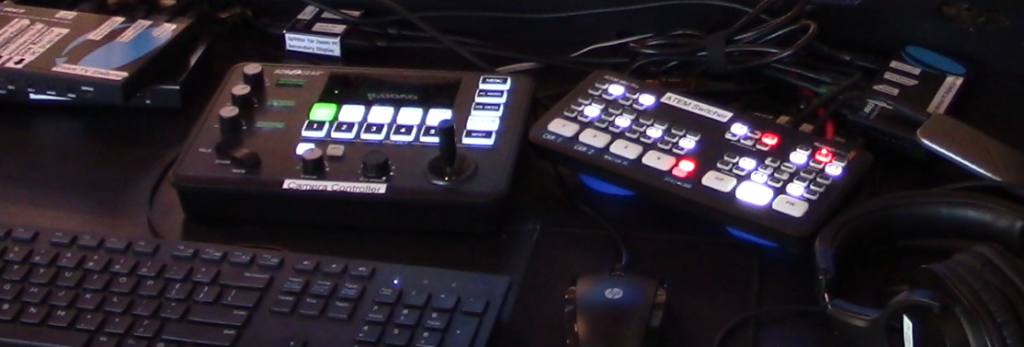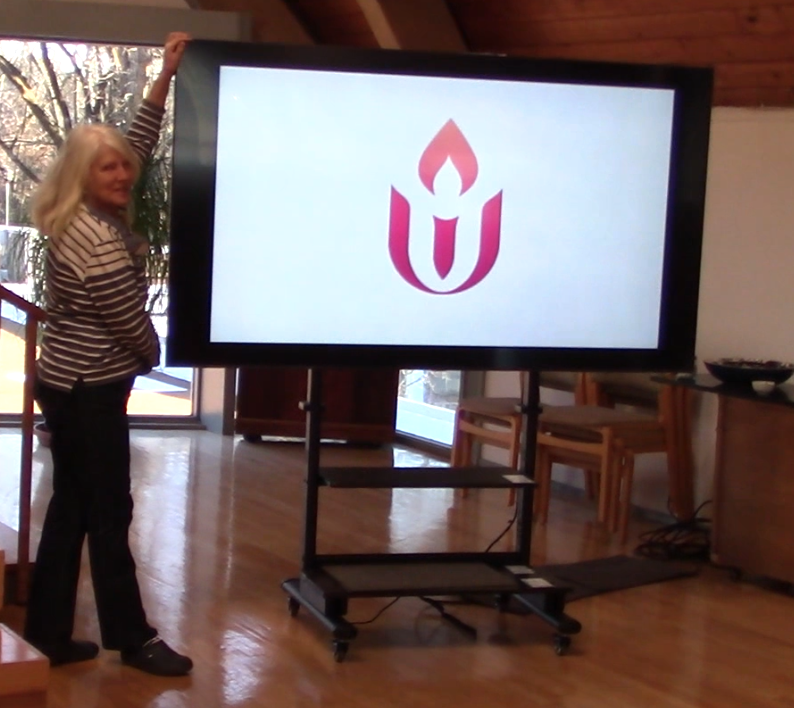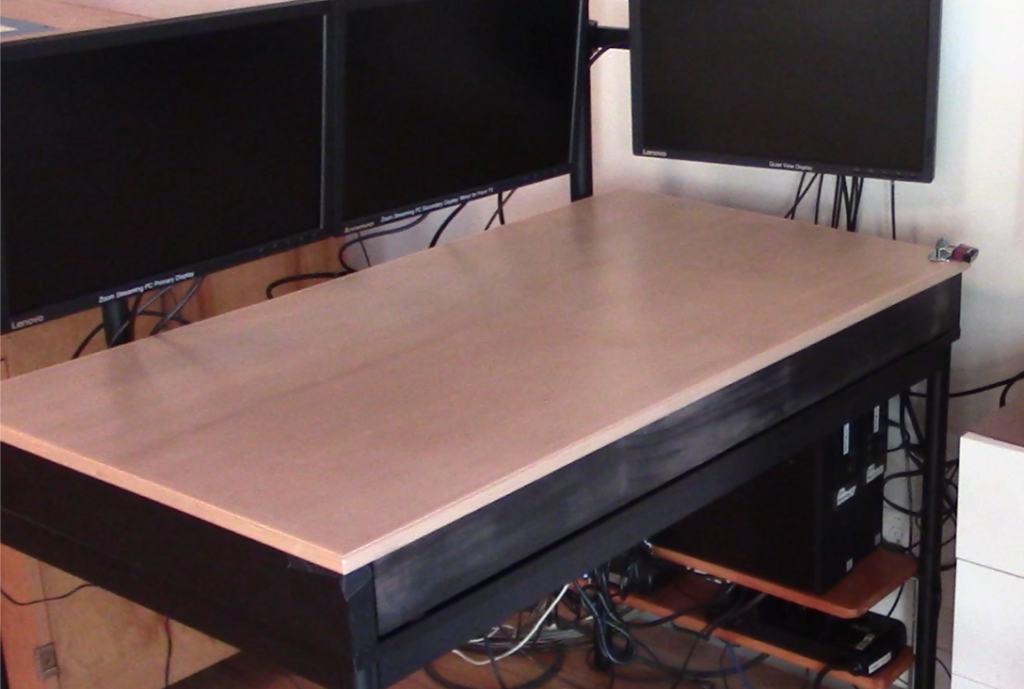Using my 5 years experience running virtual events and my general computer expertise, I can help design and implement a system that can be run by one volunteer, and can help you grow your audience, delivering a much better experience for people watching remotely. This system will have multiple camera angles, and the ability to zoom in and capture facial expressions, and high quality audio.
System Design Principles
Simplicity.

The systems I design are intuitive, and are set up so that one volunteer can run the stream. I opt for using separate splitters for the video signals, so that it is easier to visualize how the video signal is being handled. Also, separate splitters are less likely to have problems, and are less expensive than one machine that will do everything.
Flexibility.

The systems I install have lots of features that can be used as desired, but don’t have to be used for simpler events. Also, I will provide best practices, but often different ways of using the system will organically make themselves clear.
Documentation.
Your system will come with an easy to read manual and all training necessary, as well as access to the manuals from the equipment makers. Also, all parts of the system are well labeled, to make it easier and more intuitive to use in the moment.

Security.
Systems come with a handsome desk with a custom locking top, as well as ways to cable lock all major components that aren’t under the locking top, to reduce temptation in shared spaces.

Redundancy.
Systems have redundancy built into them, so that if something goes wrong, it’s still possible to finish the event with slightly reduced convenience or capabilities. For example, if the joystick camera controller has a problem, you are able to use a remote control to finish the event. Then, the problem can be fixed before your next event.
